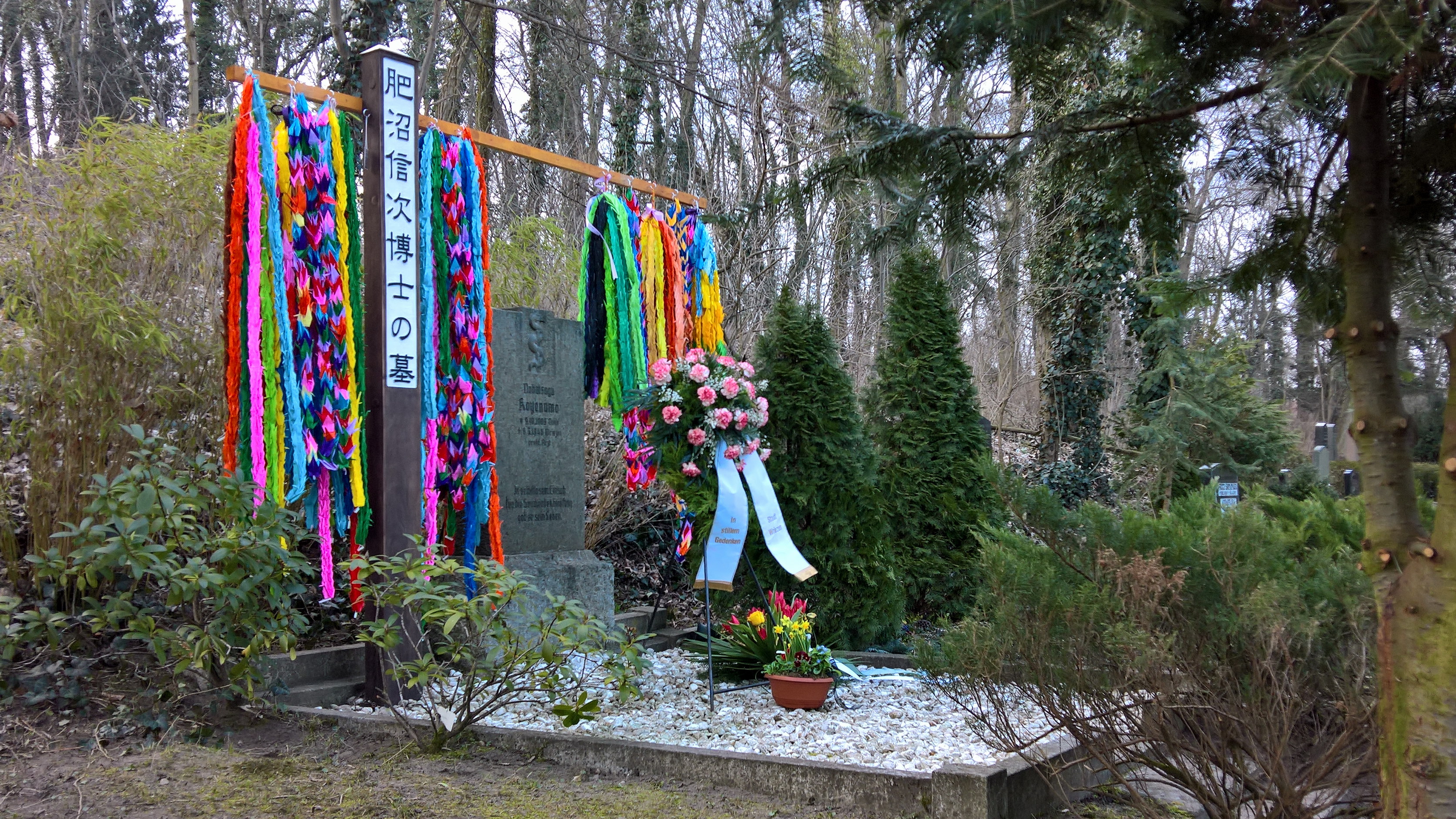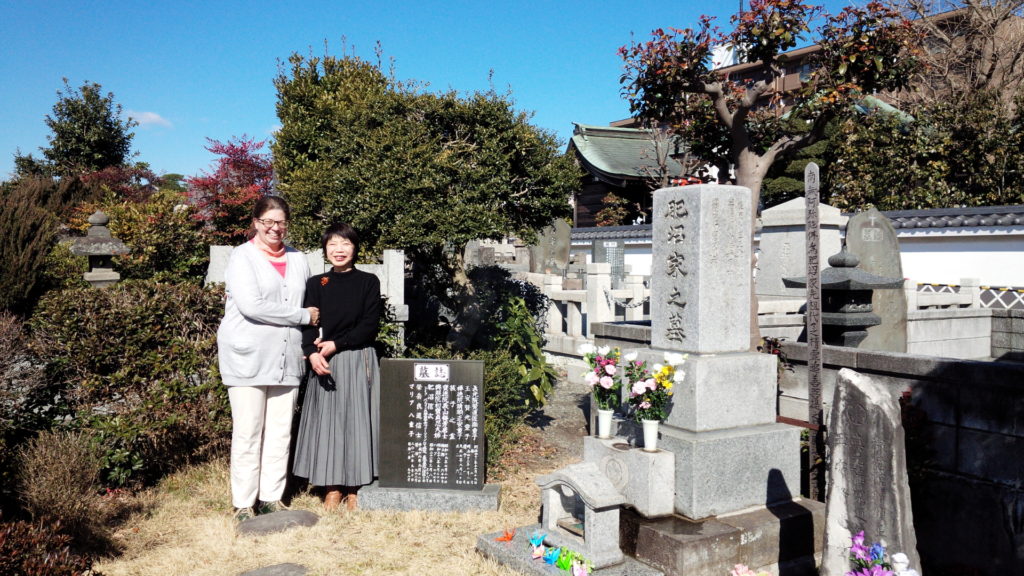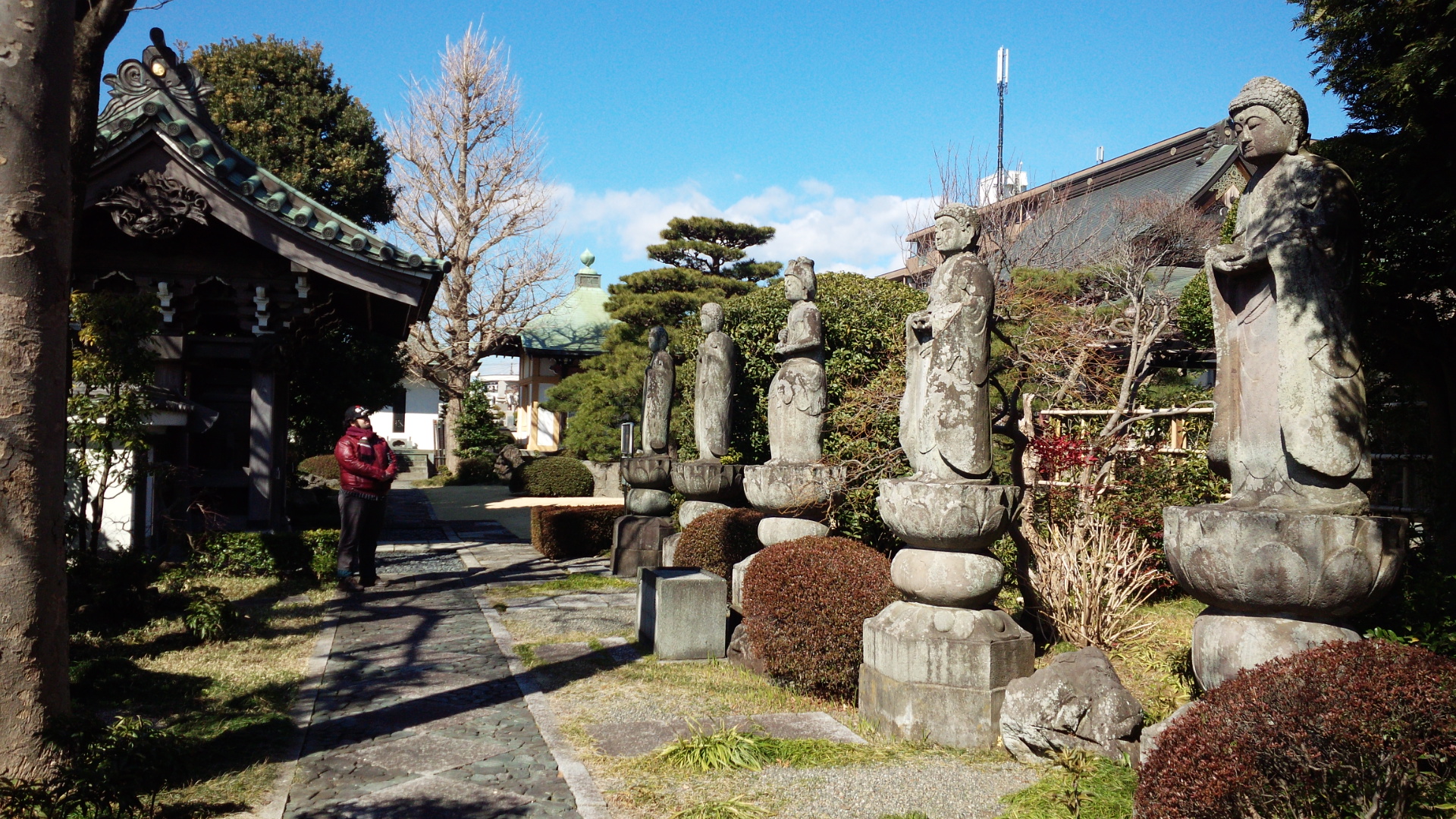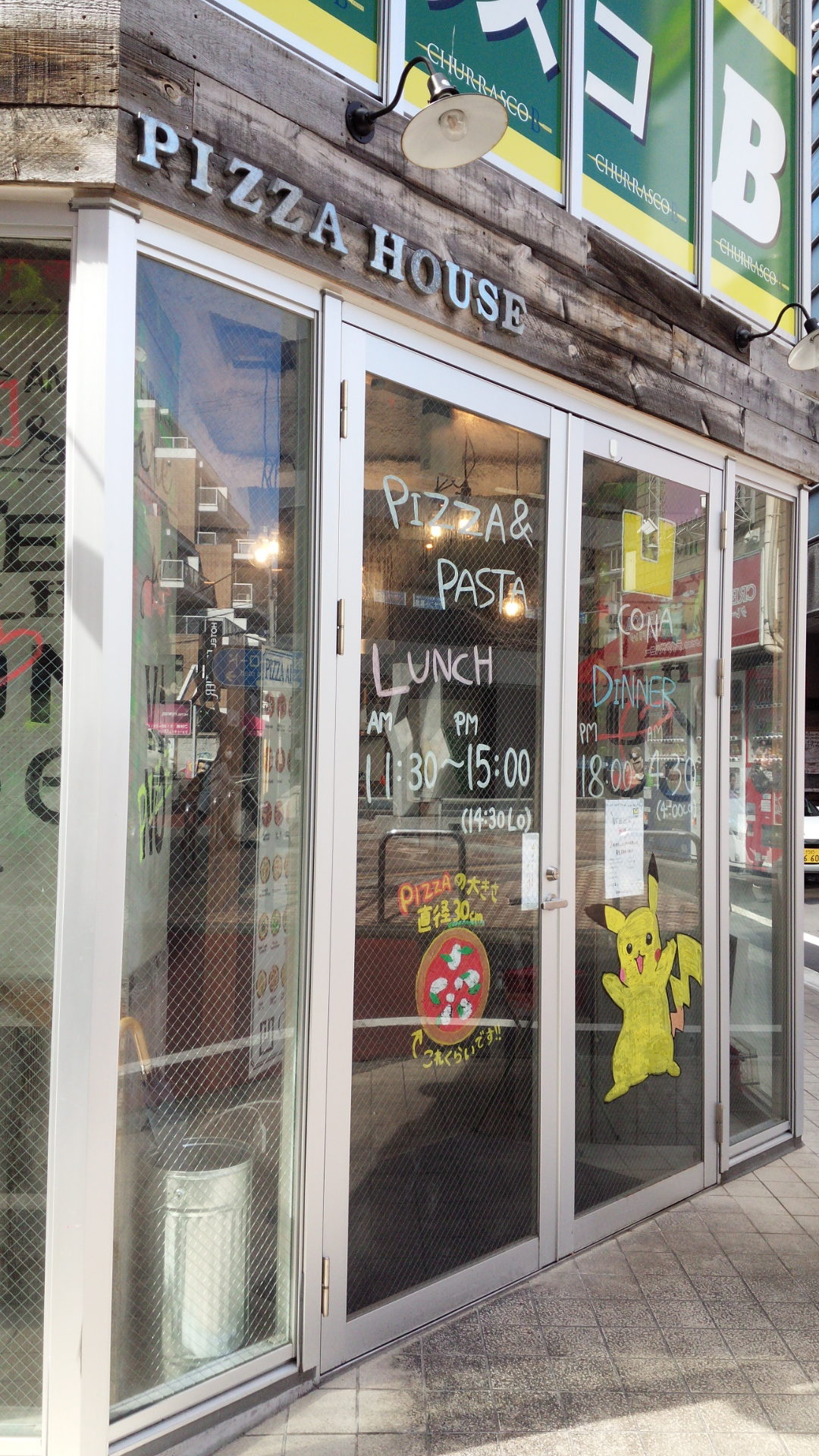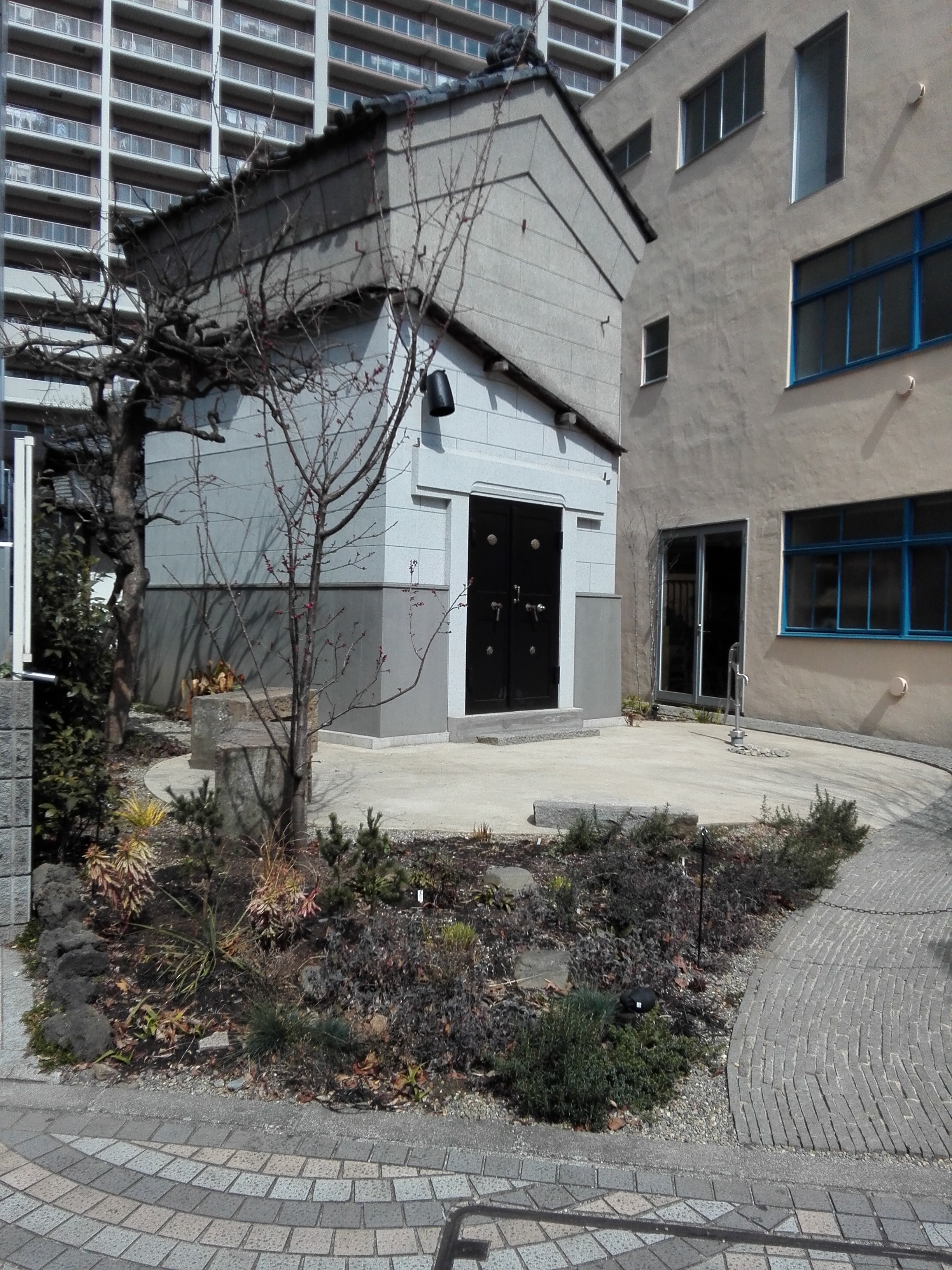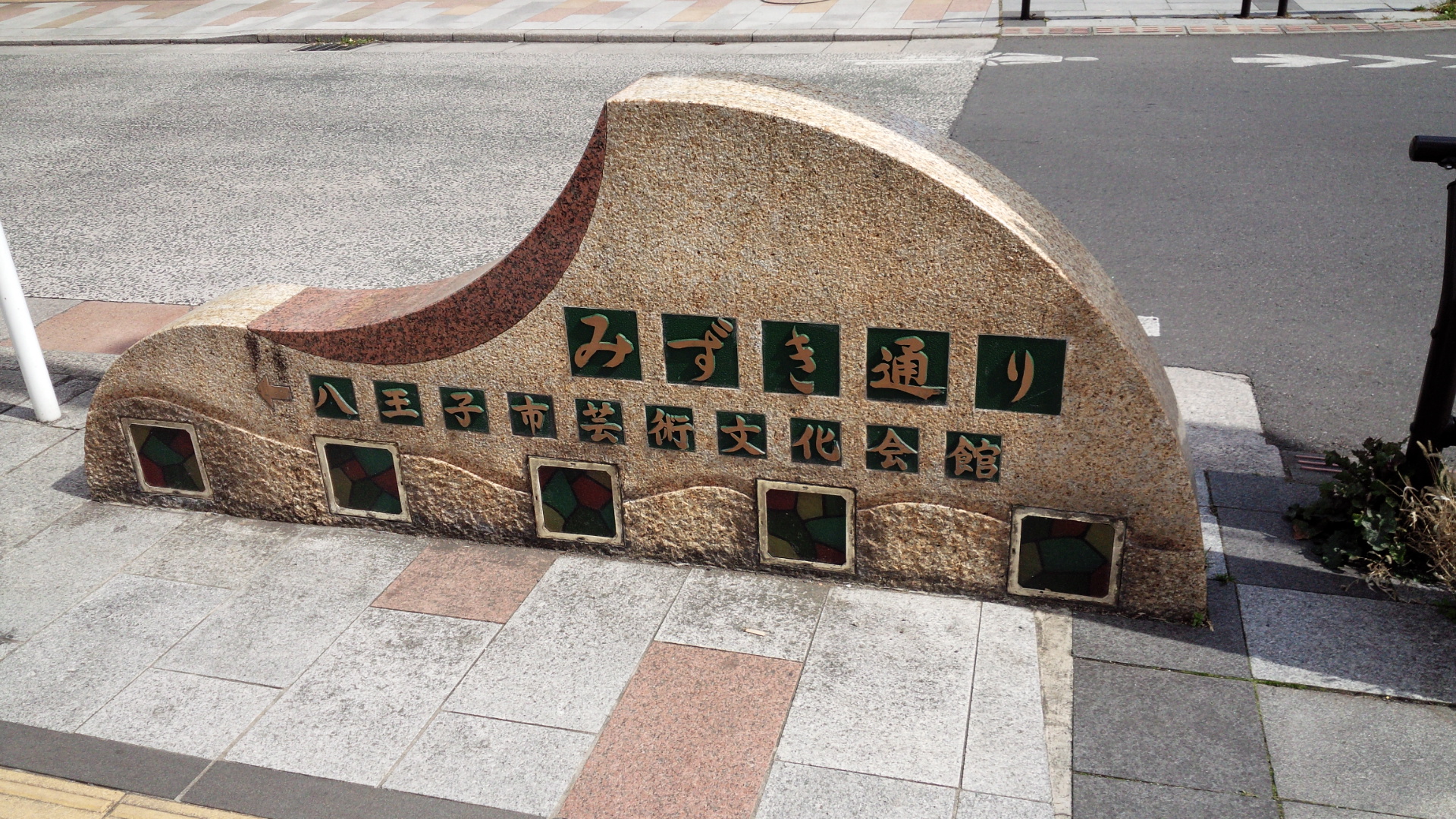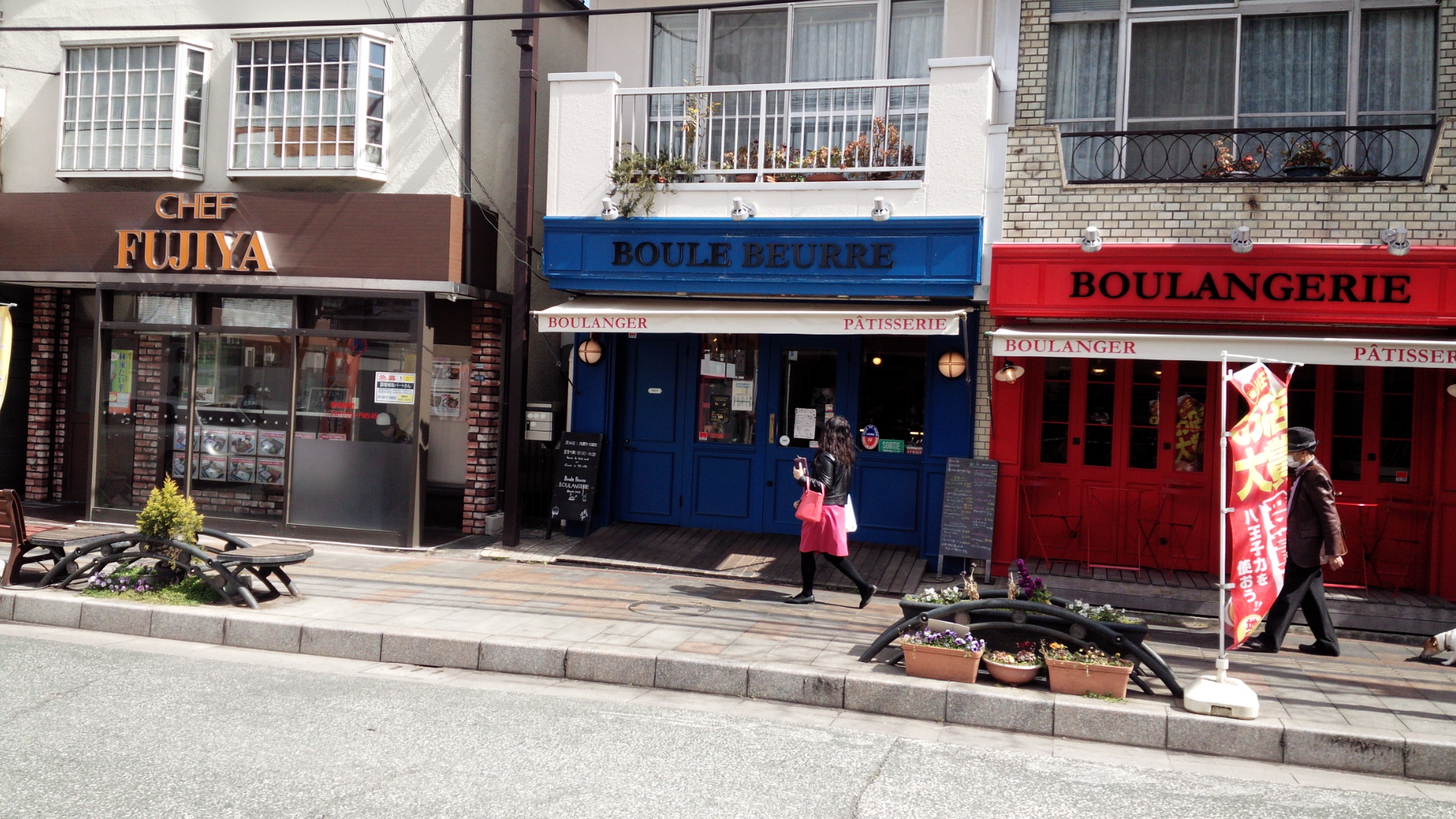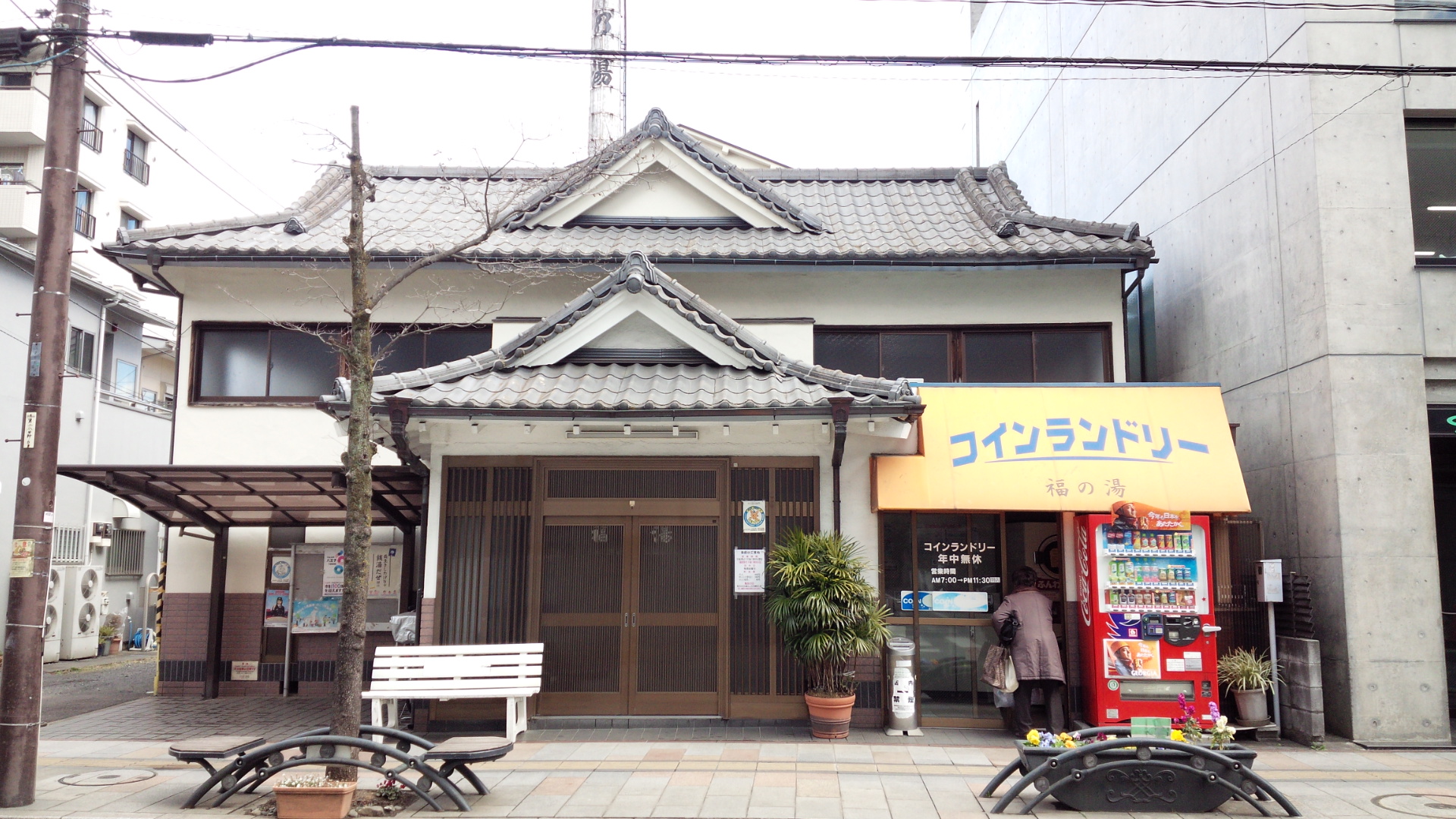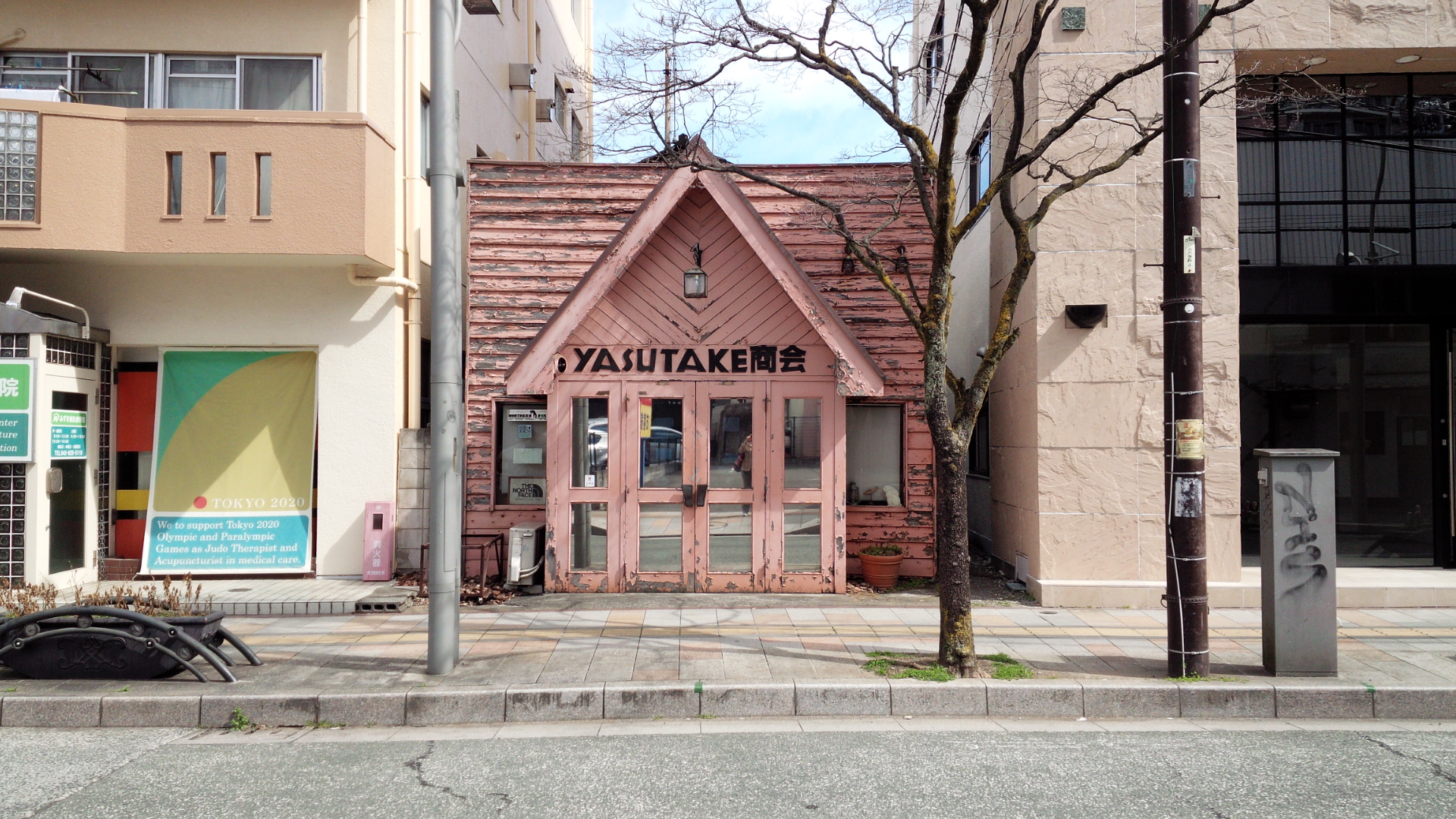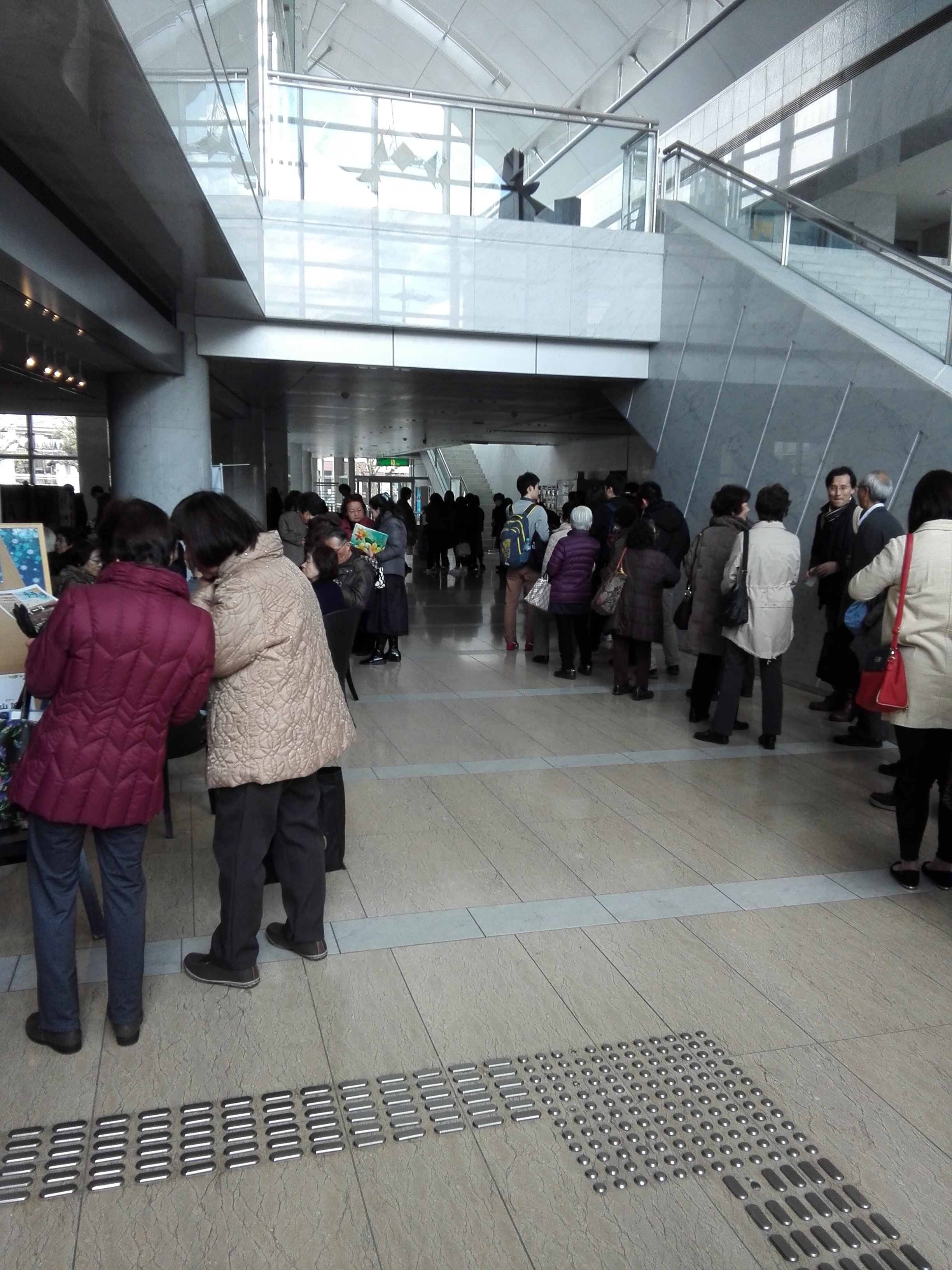Up early Wednesday morning, we at Wandering Oderites headed east on the Chuo Highway toward the city of Hachioji on the outskirts of western Tokyo. It is a city of about 600,000 people with rivers and lower mountains. Surrounded by foothills on three sides, Mt. Jimba and Mt. Takao are famous day trip hiking destinations.
Historically, it is a city that connects the western prefectures of Nagano, Yamanashi, and Kanagawa along the Koshu-Kaido Route to the old eastern capital of Edo or Tokyo. It was a major hub for the silk trade where silk from the west was woven into cloth in Hachioji and sent to Yokohama by train to be shipped to other countries in bygone eras.
On this day, we were headed for the KOENUMA family cemetery for a memorial service of Dr. Nobutsugu KOENUMA, born in Hachioji in 1909 and died in Wriezen in Märkische-Oderland, in Brandenburg, in 1946 at the age of 37.
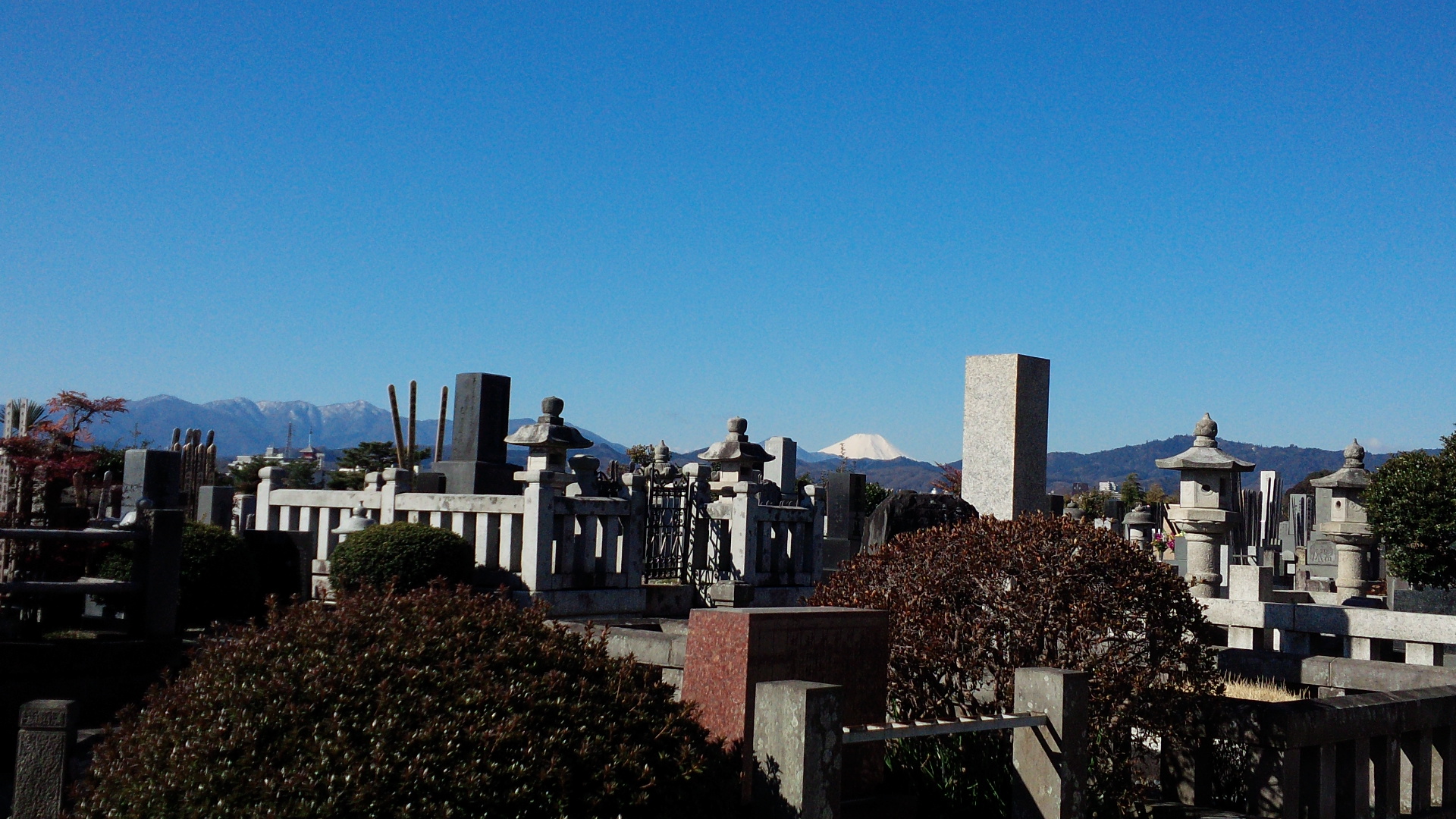
So, on this spring day, with the beautiful snow-covered Mt. Fuji and the Tanzawa mountain range in the background, we gathered at the cemetery with some KOENUMA family members and committee group members for his memorial. It was a small group of about 10 or so. We honored his memory and told about how we each came to know about him.
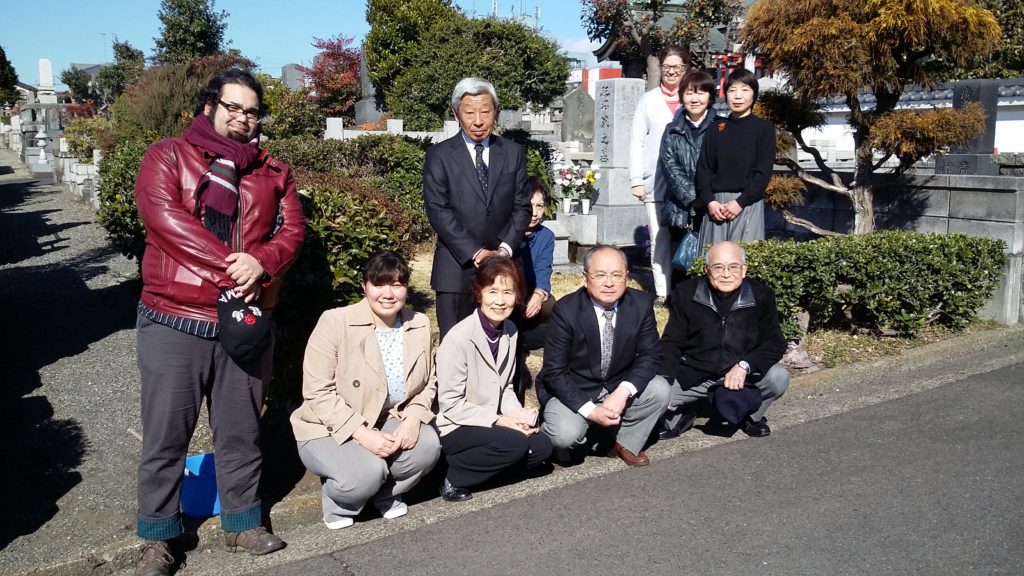
Then, one by one we were given lit incense to offer as we took turns paying our respects.
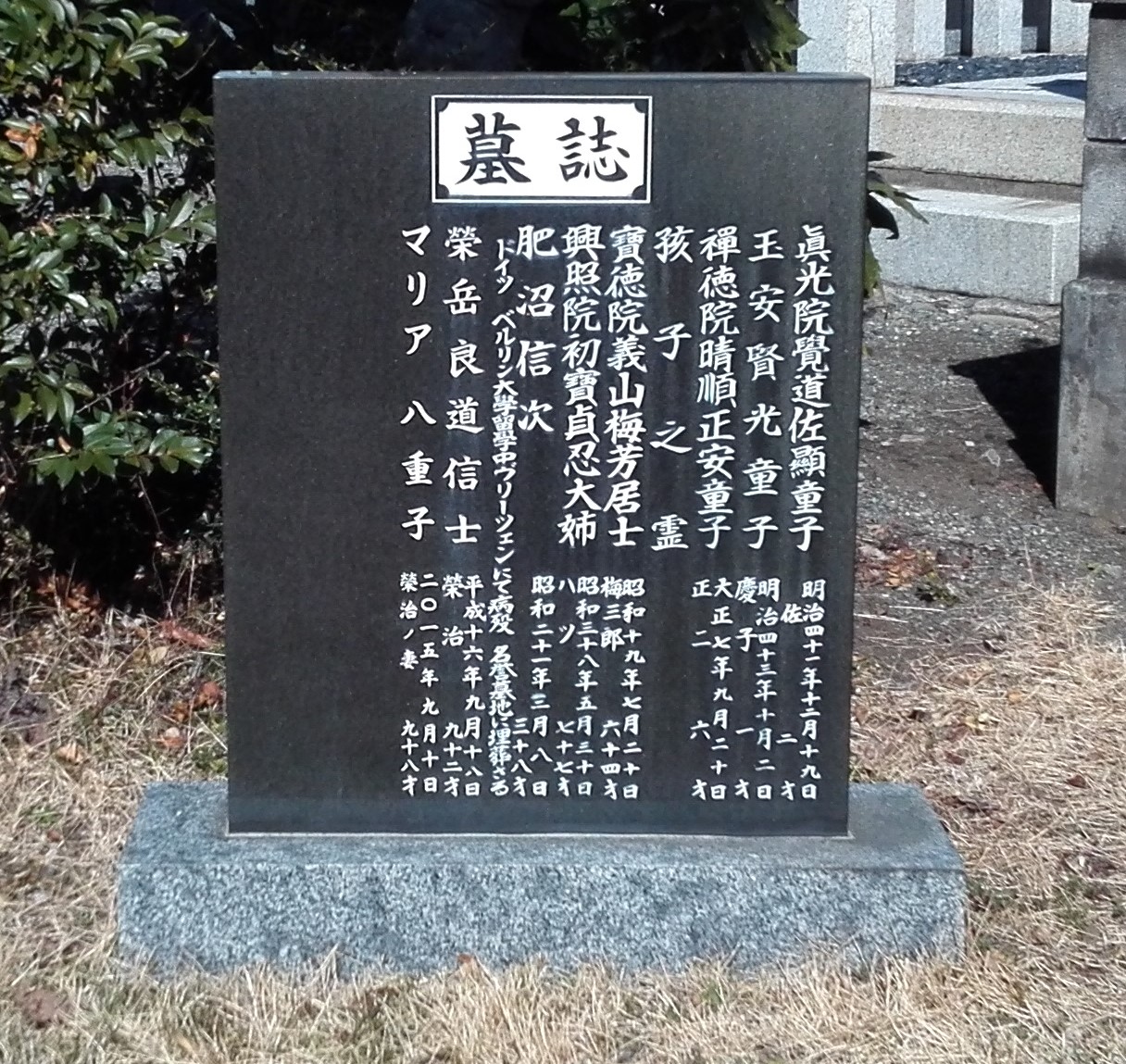
The gravesite was lovely, like a yard with grass and bushes and stepping stones. An engraved stone with the names of the people buried there had been added with the explanation that Dr. KOENUMA was buried in Wriezen, Brandenburg, Germany. Today, the town has a population of 7,300 people.
On this same day, March 8, 2016, some people in the city of Wriezen, also gathered at his gravesite as they have done since his death. This time they carried 5,700 paper cranes made by volunteers in Hachioji. Through his brief life, two historical towns have gained long-lasting ties.
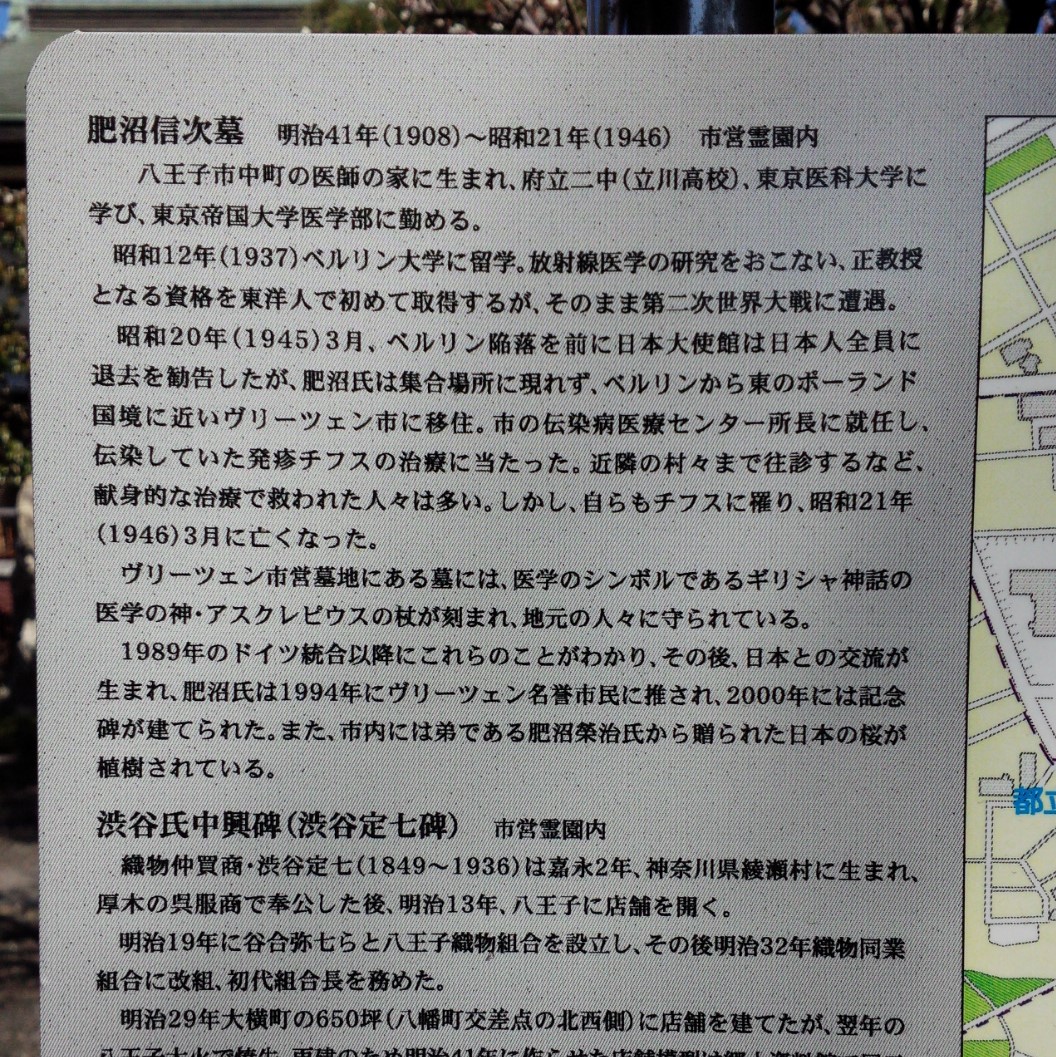
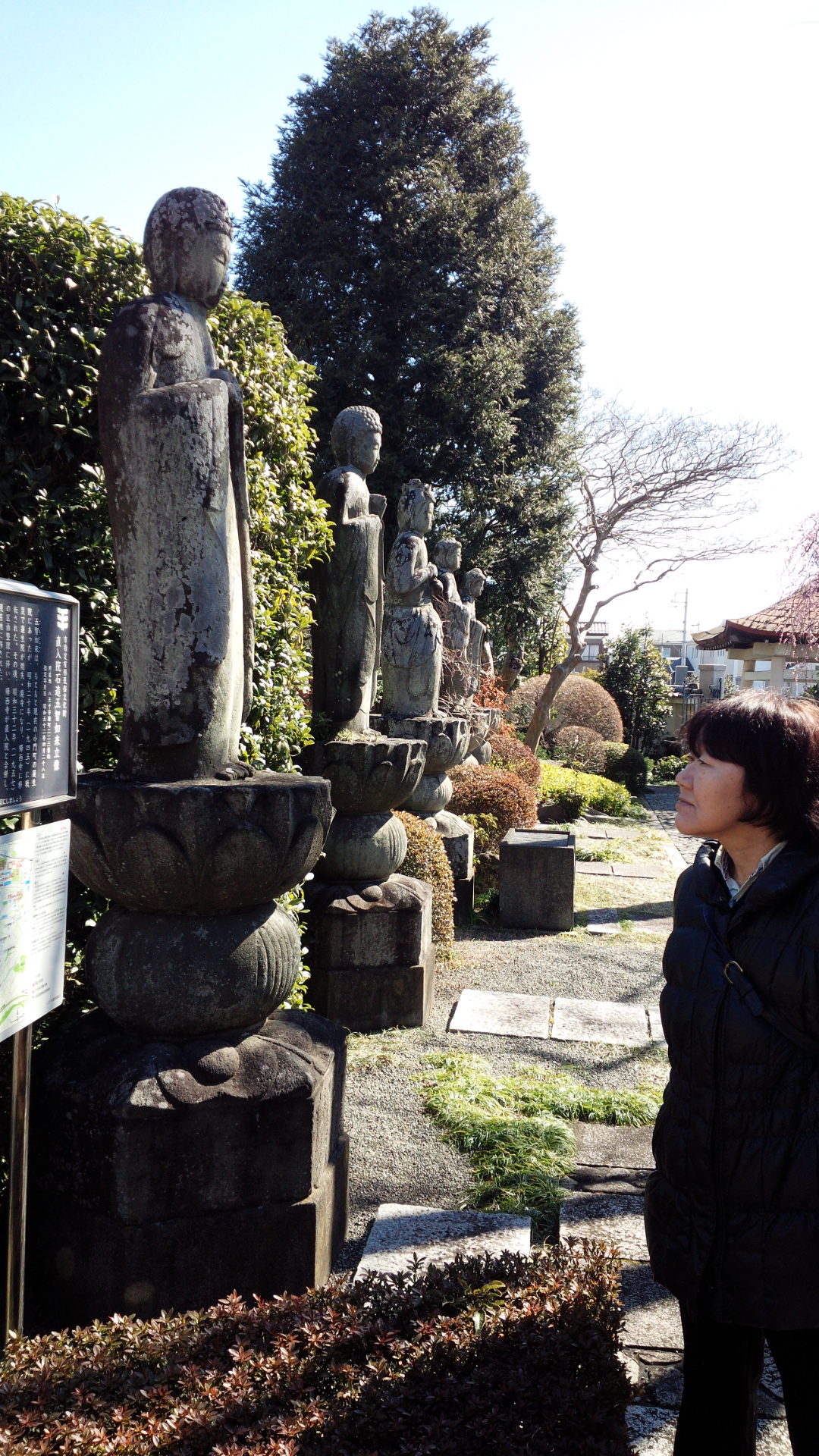
A Brief History of Dr. Nobutsugu KOENUMA
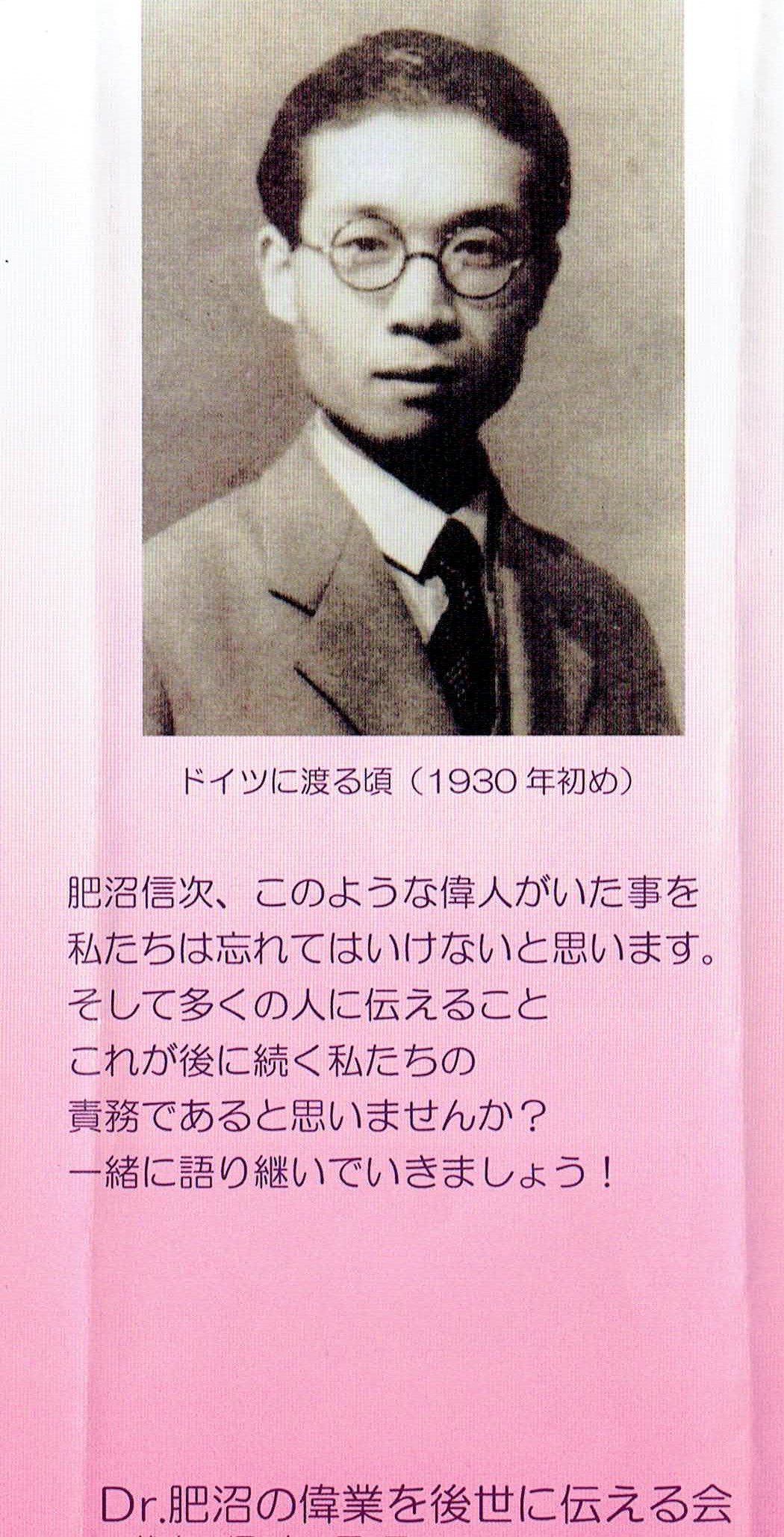
The Hachioji Dr. KOENUMA Committee (Dr. 肥沼の偉業を後世に伝える会) in connection with its sister city of Wriezen in Märkische Oderland in Brandenburg, Germany, held mutual ceremonies on this day, March 8, the day Dr. KOENUMA died from Typhoid Fever, a disease he had been struggling to treat in survivors of WWII in eastern Germany. The town hall in Wriezen had become the make-shift clinic. Dr. KOENUMA, born in Hachioji in 1909 and had been studying radiology in Berlin University since 1937. (Humbolt University today). Despite being given the opportunity to return to Japan beforehand, Dr. KOENUMA had chosen to remain in Germany, and escaped war-torn Berlin to Eberswalde, where he was approached by the Soviet army to be the sole doctor in the city of Wriezen.
His own father had run a hospital in Hachioji but Nobutsugu, the eldest son was not a trained physician. Even so, he was asked to care for these patients and he dedicated himself to getting them the medicine and food they needed until he himself fell ill from the disease and died in 1946 at the young age of 37.
The survivors and the people of the town never forgot his dedication and care and sacrifice. Annually, they held a memorial service for him in the town of Wriezen. They did not have any more information on him than that he was Japanese. Open communication between East Germany and other countries was not possible.
That changed with the collapse of the Berlin Wall and the reunification of Germany in 1989. A group from Wriezen set out to find his family in Japan by placing ads nation-wide in Japanese newspapers.
His family was found. They still lived in Hachioji and his brother was happy to receive the news that had been a great mystery since WWII. What was pointed out to us by Ms. TSUKAMOTO, the founder of The Hachioji Dr. KOENUMA Committee , was that his mother was distraught with grief by not knowing of her son’s fate. His mother prayed daily for the safe return of her son until her death.
The family only knew that he was studying in Berlin, but had no knowledge of the events of his life until this connection. The Hachioji Dr. KOENUMA Committee was formed to promote the telling of his amazing story to future generations. This group along with the help of other groups have made exchanges possible between the two cities. They have written books and tell the story to elementary and junior high school students.
In February, 2016, a film documenting his work and life was shown nation-wide in Japan. (So far, no translation is available.)
In and Around Central Hachioji
After leaving the cemetery, we enjoyed walking around the center of the city of Hachioji. My two children (adults now) were born and spent their early childhoods in Hachioji. It brought back many fond memories of our time there. I worked there over the years until just recently. My son, Ryoma, also worked there as an adult for several years. It is only 30 minutes from where we currently live.
Mizuki Street is a cute street, very short but with many boutiques and
Cafes, public bath houses, etc. We were happy to see new buildings going up and old ones being renovated.
Nanajyu-Ichi Nen Me No Sakura (The 71st Year’s Sakura)
We had a pleasant walk from Hachioji Station to the theater at the Hachioji Culture Center to see a play written and performed by students of the acting department of Soka University in Hachioji. (Hachioji is home to about 18 universities). The play, called The 71st Year’s Sakura, was introduced to us by Ms. TSUKAMOTO, head of the Hachioji Dr. KOENUMA Committee. She has been instrumental in organizing this play, in addition to organizing many of the other cultural exchanges between Wriezen and Hachioji.
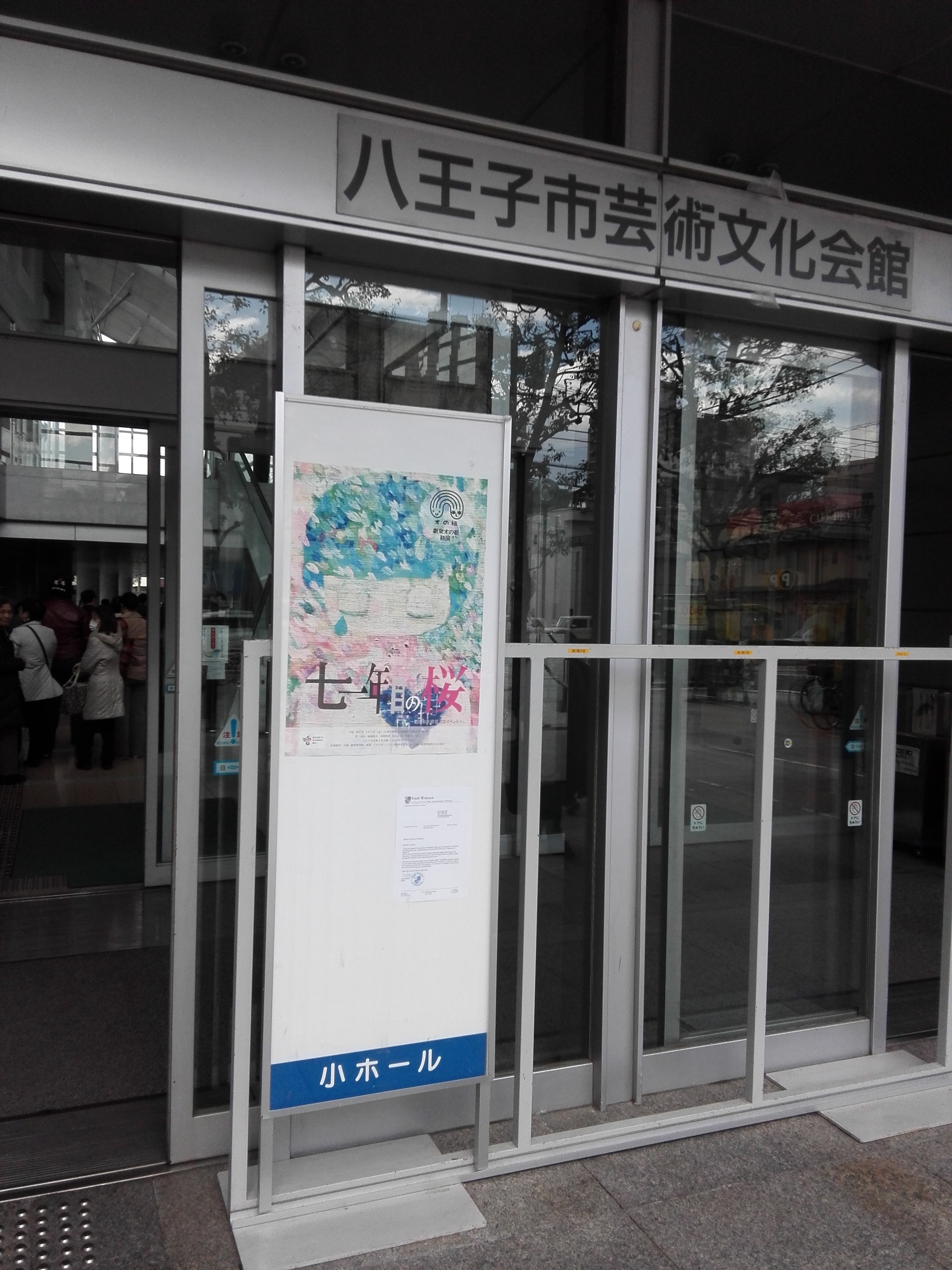
The 71st Year’s Sakura is, at its heart, a coming of age story. Told from the point of view of a teenager from Hachioji. The son of a Buddhist monk, the main character is destined to succeed the Temple after his father – something he doesn’t want to do. Instead, he wants to become a translator and travel the world. The character is set up as a parallel to Dr. Nobutsugu KOENUMA’s aspirations to leave his small town and study in Germany.
The story begins with the annual Hachioji Summer Festival, with four friends each sharing their dreams. The protagonist storms off alone, growing frustrated at such talk when he knows that he will never get to follow his. As he is brooding, he encounters the ghost of Dr. KOENUMA’s mother, and suddenly finds himself transported into the past and through the eyes of Dr. KOENUMA’s younger brother, witnesses a childhood scene between a young Dr. KOENUMA and his father, who runs a private hostpital.
These flashes to the past keep reoccurring, as the main character becomes various people who were close to Dr. KOENUMA at key moments in his life. As the young man witnesses Dr. KOENUMA’s life in person, he reflects on his own future and common themes such as going against parental wishes, losing dear friends, and how every life is precious and fleeting, like the petals of a cherry blossom.
Another message of the play is that we, as people in the present, cannot ever know with certainty what went through the minds of people in the past, how they felt, or what really happened. That there are some parts of history that will forever be lost to us, unless we can see it through the eyes of those who were really there, as the main character has, in this story.
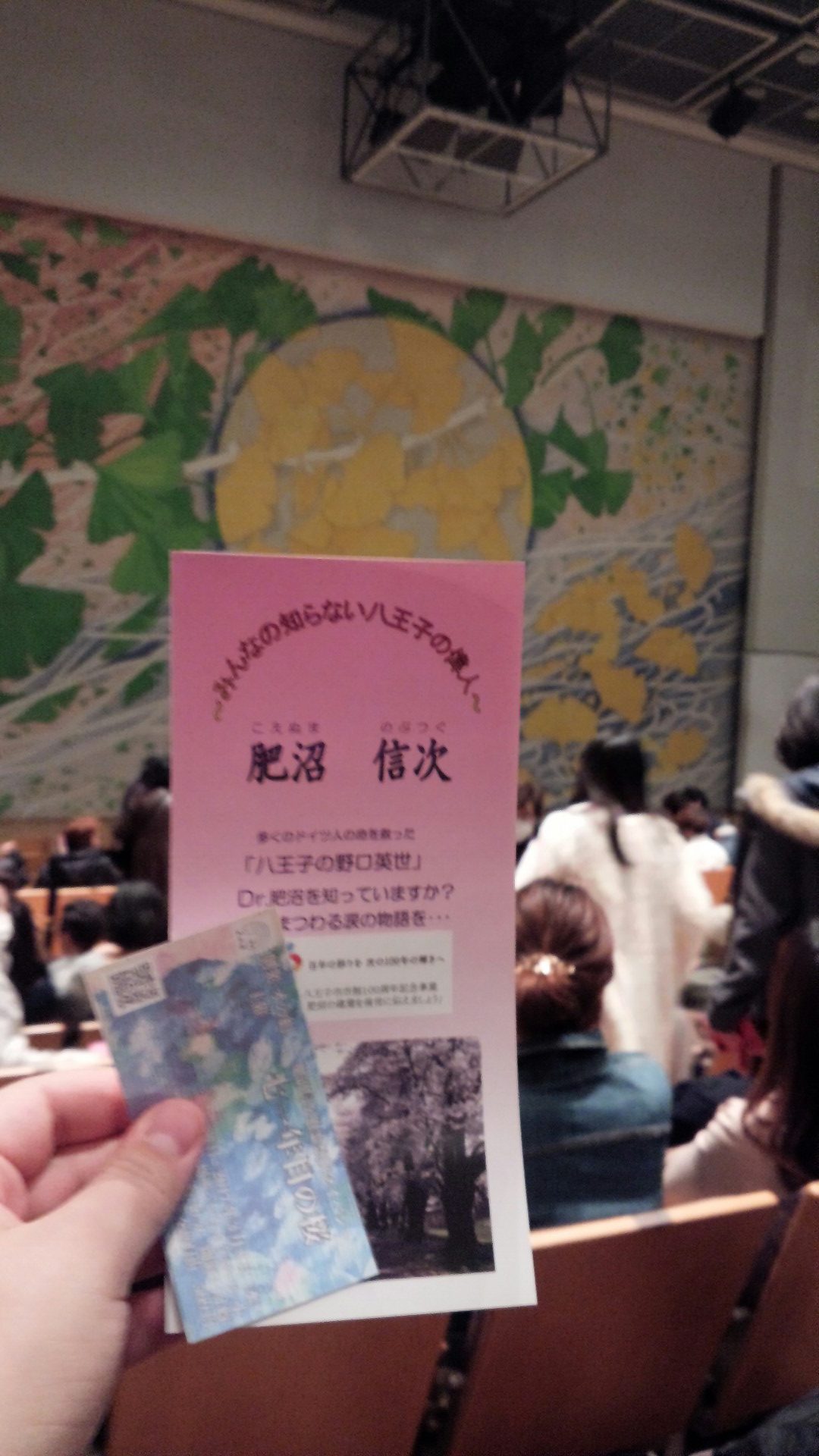
The director and writer, (Mr. FUKUCHI) is a sophomore student and is only 19. Having been very moved by the story and performance and imagery, I asked Ms. TSUKAMOTO, who has been so gracious in sharing the information with us, where Mr. FUKUCHI’s sensitivity to war and being separated from loved ones could have come from. She said that he is from Okinawa Prefecture, where there are many who have lived through WWII and actively share their stories and culture with young people.
He is a gifted playwright and we are sure to hear more from him. It was clear that the audience was moved to tears. Humor was also used very well and the stage was very simple and artistic but not a distraction from the story. I believe the play can be performed in Japanese and still be moving to those who do not understand the language. It was very visual and physical, with only a cast of 6.
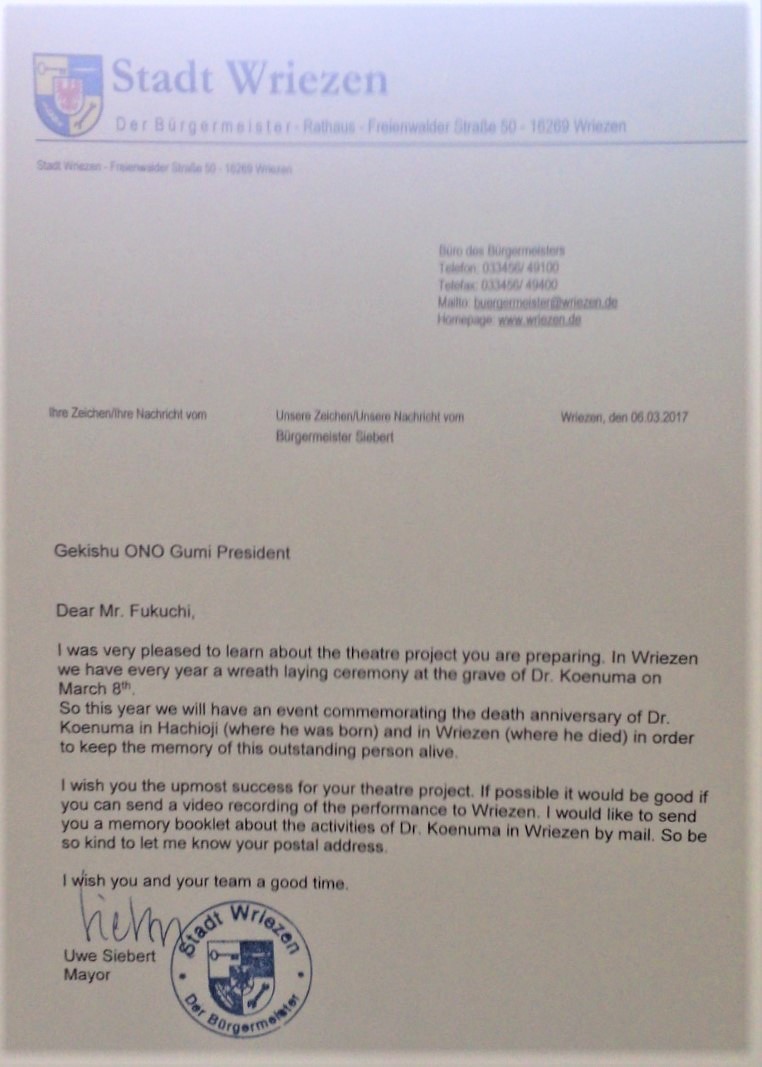
Blossoming Friendships
The cities of Hachioji and Wriezen have had an on-going relationship starting with Dr. KOENUMA’s family visiting Wriezen in 1993. Over the years, the two cities have exchanged students, sent delegations, and sent paper cranes.
This year, in time for the 100th Anniversary of the city of Hachioji becoming part of greater Tokyo in 1917, the Wriezen and Hachioji will officially become Sister Cities. Hachioji will receive the Mayor of Wriezen for the celebration in October, 2017. We look forward to many more cultural and athletic exchanges between the people of these two cities. (Hachioji has a long history as part of Kanagawa before that and even had its own castle dating back to 1584.)
